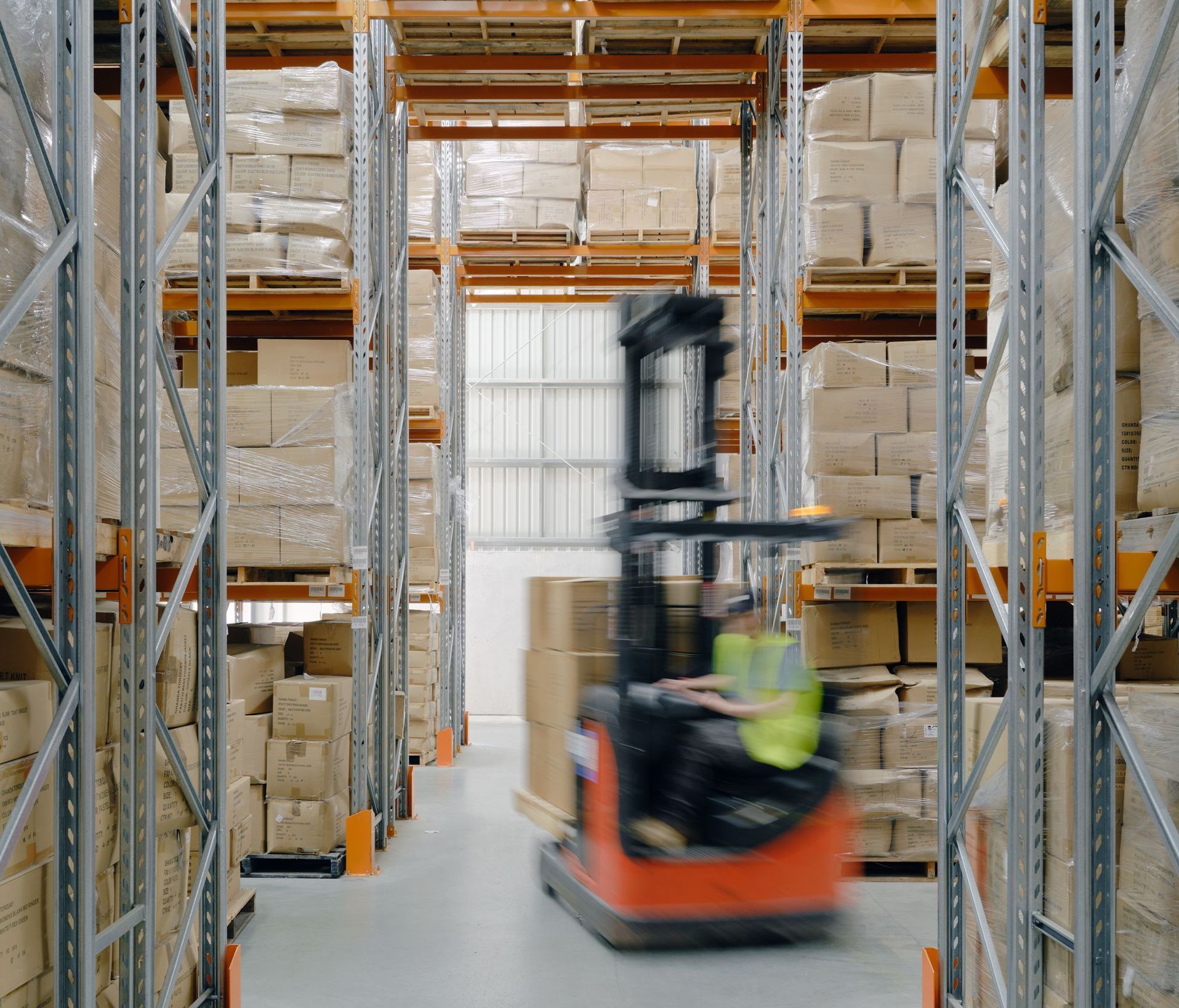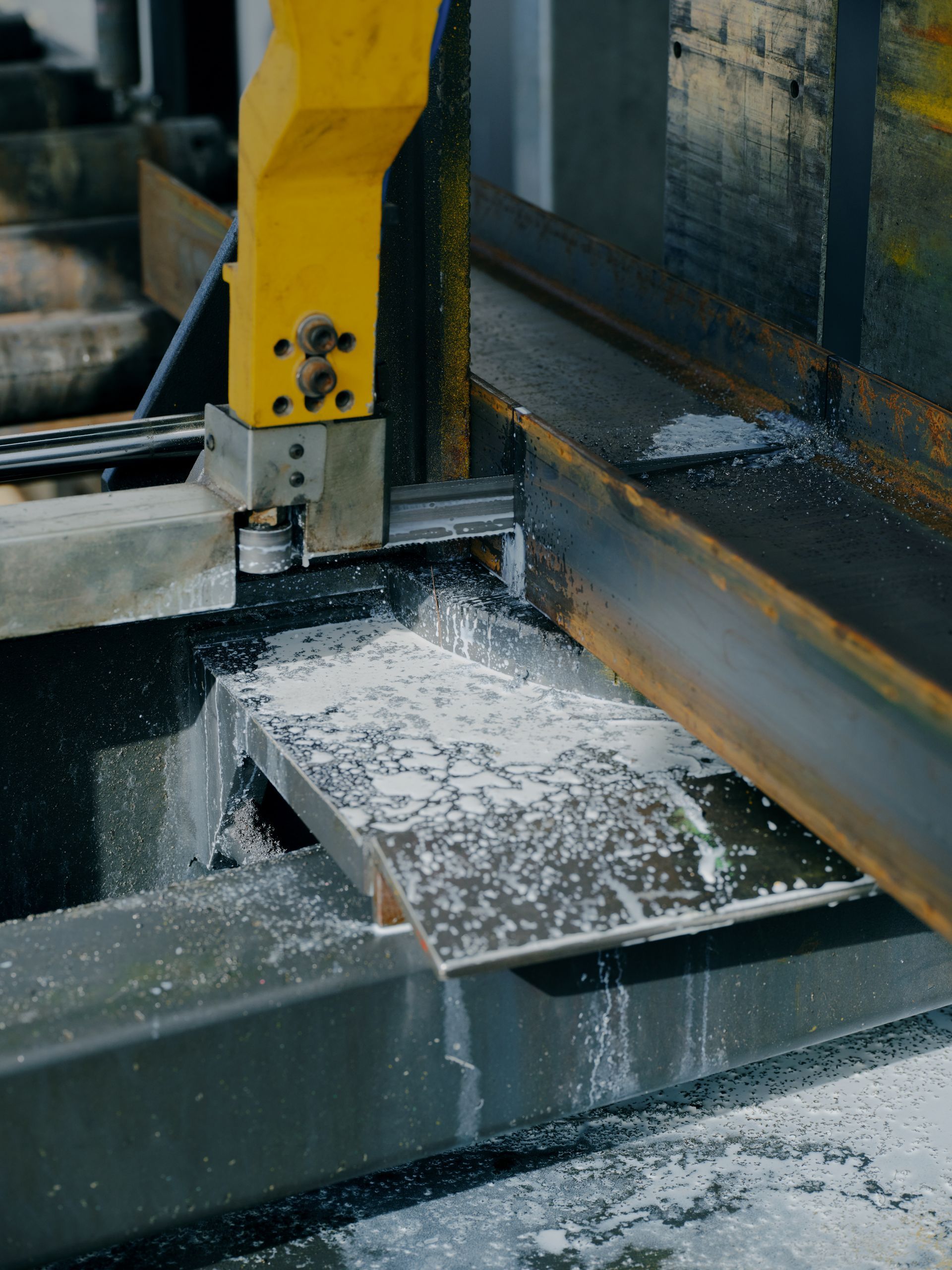Steel Prices: What You Need to Know About Your Industrial Building Project
Building a commercial or industrial structure is a significant investment for your business. Choosing Australian steel adds an additional layer of quality and reliability.
However, understanding global steel price fluctuations is crucial, as they can directly impact the cost of your industrial shed or warehouse project.
In this article, we explore the key factors influencing Australian steel prices and provide actionable insights to help you navigate your next project efficiently.
CONTENTS

How Steel Prices in Australia Affect Commercial Building Costs
IN BRIEF
- Raw materials like iron ore, coking coal, and limestone significantly influence steel prices.
- Rising demand for steel due to Australian government infrastructure projects is impacting prices.
- Pandemic-related disruptions in global shipping networks are still affecting supply chains and costs.
- Focusing on efficient designs can mitigate steel price fluctuations.
Understanding the Raw Materials Behind Steel Production
The primary raw materials used in steel production are iron ore and coking coal. These materials are superheated in a blast furnace to create pig iron, which is then refined into steel in an oxygen furnace. This process burns off impurities, leaving high-quality steel ready for construction projects.
- Approximately 1.5 tonnes of iron ore are required to produce one tonne of steel, making iron ore prices a significant factor.
- Coking coal and limestone are also critical components, with their availability and cost influencing steel pricing.
Factors Driving Steel Price Increases
1. Rising Iron Ore Prices
Iron ore is a vital component in Australian steel production and is currently at a 10-year high. International market dynamics make predicting future prices challenging, but delaying your industrial shed or warehouse project could lead to higher costs down the line.
Actionable Tip: Lock in your project now to avoid the uncertainty of further price increases.
2. Decreased Availability of Coking Coal
Global availability of coking coal is dwindling, driving up its cost. While Australia benefits economically as a leading exporter, steel manufacturers face higher production costs, which are passed on to buyers.
3. Increased Demand from Government Infrastructure Projects
The Australian government’s substantial investment in civil infrastructure has created a surge in demand for construction materials. This spike has led to a seller’s market, allowing suppliers to command higher prices.
4. Pandemic-Related Disruptions in Freight Systems
Global shipping networks continue to experience fallout from COVID-19, leading to transport delays, bottlenecks, and increased freight costs. These disruptions exacerbate the volatility of steel prices.

"The scarcity of some commodities, pandemic related supply chain problems, and strong demand driven by Government investment in infrastructure projects is pushing steel prices up," says Shane
- Shane Barker, Steelcorp
What You Can Control: Plan Smart for Long-Term Success
When embarking on a new industrial building project, focus on aspects you can control, such as efficient design and project planning. While fluctuating steel prices are beyond your influence, working with experienced industrial steel builders ensures your project is designed to minimise waste and optimise costs.
Actionable Tip: Partner with a trusted commercial steel supplier to secure high-quality materials at competitive prices.
Steelcorp’s Steel Construction Services At Steelcorp, we specialise in tailored steel construction services for industrial and commercial projects. From industrial sheds to warehouse projects, our expertise ensures your structure is purpose-built to meet your unique requirements.
Conclusion: Focus on What You Can Control
When you’re weighing up a new commercial building project, it’s important to focus on your budget, the purpose of the structure, and the site or land, without getting too caught up in the cost of each component.
Of course, your budget is important: but worrying about steel prices is futile, and something entirely out of both your control and ours.
Instead, work on planning your structure to stand the test of time, outlasting any temporary fluctuations in commodity price. When you’re looking at your structure many years down the track, the cost will be a distant memory, so it’s best to simply take varying steel prices in your stride and plan a project that is purpose-built for your needs.
